A luxurious and majestic tree - Velvet Amur, attracts attention to its decorative openwork crown and unusually soft, pleasant to the touch, bark. In addition, the long-term "Giant" has long been famous for its healing properties, allowing them to cope with many ailments.
A unique long-lived tree does not require much care and easily carries out when transplanting.
All questions related to landing and leaving for Velvet Amur - in this selection of material.
Velvet Amur, plant description
- Velvet Amur, Fellendron Amur, Amur cork tree - the name of the same mighty tree from the kind of velvet. Such an unusual "soft" kind designation is due to the features of the tree bark: velvety, soft and pleasant to the touch. In addition to these highly decorative qualities, the plants are distinguished by unusual, silver - gray, color. The top layer of the mature bark is exhausted by deep furrows and is represented by a thick cork layer. The young bark of the tree, on the contrary, smooth and not dressed.
- The type of deciduous tree, Velvet Amur, is able to reach a height of up to 30 m, while the diameter of the trunk can be more than 1 m. Wood large plant is considered a real long-liver and can grow in one place to 300 years. The plant is characterized by a fairly rapid growth rate and, for example, in two years of life grown to 1.5 m.
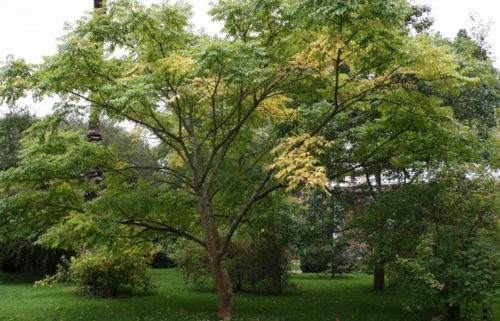
- Rasky and openwork crown of a tree-giant thick is seated with cubic leaves of a lanceolate, resembling ash leaves. When rubbing, the leaves of velvet make an unpleasant resin smell. They dissolve much later than other trees, only by the end of May - the beginning of June. By autumn, green foliage acquires a beautiful golden yellow shade.

- A powerful rod wood system firmly holds a huge mass of plants.
- Small inexpressible trees flowers are collected in inflorescence. Brush. Attract insect modest flowers, it is possible due to the high content of sweet nectar in them. Breast of Velvet Amur starts very late, 15-20 years after landing. The flowering period falls on June-July months.
- The fruits of Velvet Amur are distinguished by black glossy color, spherical shape and small (up to 1 cm) sizes of berries. The fruit of the Kostyanka contains, as a rule, 5 bones. The fruits of wood are not used in food and exuded, as well as leaves, sharp specific smell. One plant is capable of forming about 10 kg of fruits per season. Externally, the Berry of the Amur Velvet resembles a dark and brilliant grape, which is compared with the Black Pearl. They hold on the tree for a long time, until the middle of winter.
- It is noteworthy that the plant is considered a real relic, because the history of its growing leads to a small glacial period on Earth.
- Nowadays, these monuments of nature in a wild form are found in the forests, valleys and on the slopes of the mountains. Cultivated view of the garden and park areas of almost all of Europe, North America and Central Asia.
- Culture perfectly tolerates winter, cold wind and drought. For growth prefers open solar and moistage plots.
- Velvet Amur is not just a decorative majestic tree used in landscape design and for planting parks. First of all, the velvet is famous for folk medicine with its healing properties.
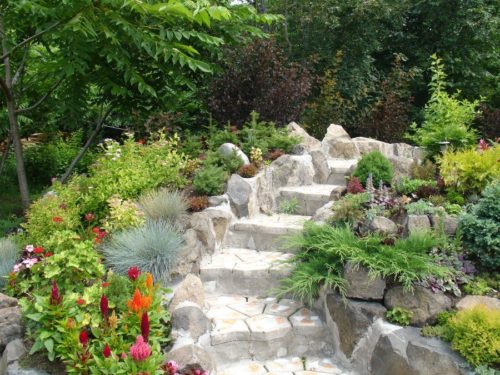
Velvet Amur, Plant Application
- Wood velvet is widely used in industry, and a technical stopper is made from the bark. Moreover, the material is taken for the plug without damaging the tree itself. To do this, gently remove the layer of soft upper cortex, not a hobbling layer. This procedure is absolutely harmless to the plant, since the cork layer is completely regenerated over time.
- From the Luba of TEEVA is made such a choleretic agent like Barberin. In addition, the Lubyana layer serves as a source of obtaining yellow paint for coloring natural tissues.
- Durable velvet wood is indispensable for the manufacture of wood products: furniture, plywood, skis, etc.
- In therapeutic purposes, the bark, fruits and wood leaves containing valuable alkaloids, tannins and glycosides (coumarin, saponin) are used. The pharmacological industry is actively using generous gifts of nature, based on their basis a number of antiseptic, tonic, hemostatic and antipyretic drugs.
- Folk Medicine considers plant an indispensable medicine in the treatment of diabetes, allergies, skin diseases, polyarthritis, lympho diseases, kidneys and eyes. Reviews of the use of amur velvet as a medicinal product indicate highly healing properties of the plant. But, in any case, before using any vegetable chambers, ointments or tinctures, you should consult with your doctor.
- Mighty tree, velvet, is an excellent honey. Experienced beekens consider such honey as very useful for colds and as an anti-tuberculosis agent.
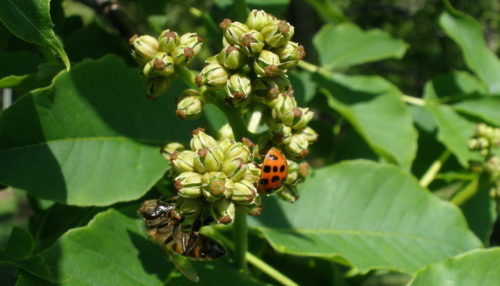
- The tolten crown and the decorative bark of Velvet Amur is increasingly attracting landscape designers for landscaping spacious areas of the squares and parks. But, knowing the preferences of the plant and the peculiarities of its cultivation, an unusual culture can be grown on its own site.
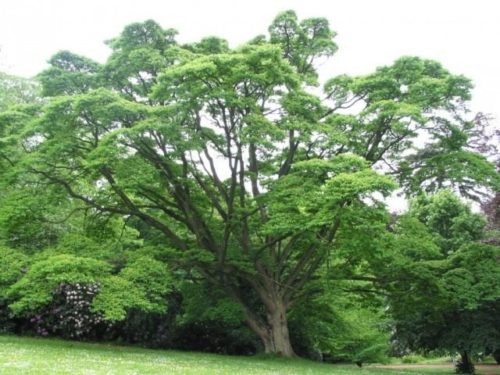
Velvet Amur, landing features
Successful cultivation of Velvet Amur requires the fulfillment of certain conditions: a properly selected place for landing the future "giant" and compliance with the key conditions of plant landing and plant care.
An unpretentious tree easily adapts to the urban conditions of increased gas, differs by frost resistance and overall life.
Place for landing Velvet Amur
- Choosing a place for planting a tree, its future sizes should be taken into account and a long period of life. Therefore, it is not worth landing the plant close to buildings or laid communications, as well as in places where undesirable shading.
- Velvet Amur - Light and moisture and moisture culture, and therefore, the landing place must comply with these preferences. It is best for open sunny terrain or half a day, then Croon Fellendron will be spread and shatol.
- The best primer for "Giant" - fertile air-permeable and moisturized loams. Loose and light not compacted soil plays an important role in the development of the plant. Sand soil is not suitable for growing cork tree.
Agrotechnology landing saplings of Velvet Amur
- Plant the plant is more convenient than all ready-made seedlings. By purchasing high-quality planting material in a nursery or a specialized store, you can 100% guarantee its survival rate. The seedlings of the Amur velvet under 6 years of age are perfectly transferred by a transplant, quickly roaking in a new place.
- Seedlings can be planted in spring (before the start of the depotation) or in the fall (in the second half of the season).
- For planting seedlings, the landing pit is prepared in advance, the sizes of which depend on the magnitude of the root system of the tree. On average, the depth and width of the pit should be an order of magnitude (by 1 \\ 3) to exceed the diameter and the length of the roots of the cork plant.
- For heavy and dense soils, the prerequisite will be labeled in the yam of the drainage layer (20-30 cm thick) from rubble or broken bricks.
- After preparing the drainage, the pit is falling asleep with a nutrient mixture of sand, humid and the turf. Running all the roots and putting a seedling, the pit falls asleep the earth, periodically sealing it.
- When planting a seedling, its root cerv should be above the ground level. In no case should not shower it into the soil.
- After landing, the plant is abundantly watered and do not allow soil drying during the first 5-6 days. The best option for preserving a wet microclimate is the mulching of the priority circle layer to 10 cm. For mulching, the bark of trees, sawdust, sunflower husks or dry grass will fit.
- Slowing out several saplings of Velvet Amur nearby, it is important to observe the interval between trees at least 5 m.
Agrotechnology landing seeds of Velvet Amur
- No less popular is a seed method of growing a tree, which is carried out both in the spring and autumn, before the onset of cold weather.
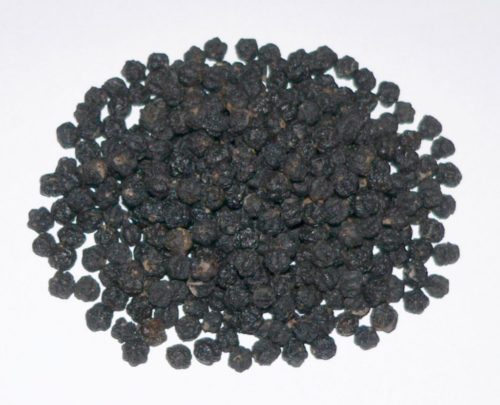
- Spring sowing implies preliminary stratification of seeds for at least 3 months. For this, the seeds fall asleep with wet sand and placed in the refrigerator.
- If the seeds did not pass natural stratification, they are soaked in hot (+50 0C) water for 3-4 days. Water should be changed 2-3 times a day.
- The swollen seeds are seeded into the moistened nutrient soil to a depth of 2-3-see. Making into the soil of phosphate fertilizers and payroll potassium significantly accelerates the growth of seedlings.
- Sprouted, the next year, seedlings are quickly gaining in growth, actively developing the root system.
- The shoots of Velvet Amur, grown from seeds, perfectly adapt to the local climate, become more resistant and endless.
- For the successful growth and development of seedlings, it is important to ensure regular watering, loosening and mulching of the soil on the site. The growing tree negatively transfers the seal and no aeration in the soil.
Velvet Amur, care
Young velvet Amur plants require careful and painstaking care. The adult, strengthened wood, practically does not need additional attention.
Watering and loosening Velvet Amur
- The velvet tree is positively responding to regular and abundant irrigation, especially in a dry period.
- Young seedlings need enhanced watering and constant preservation of soil moisture. Adult copies easily tolerate arid periods.
- A growing tree is sensitive to the quality of the soil and reacts poorly to the compacted soil. Therefore, the plot around the plant must be regularly loosened, especially after the irrigation. The depth of loosenings is about 20-30 cm.
- Mulching of the section in peat or wood chip will avoid drying the soil and frequent loosening. Suitable also landing around the lawn grass tree.
Feeding and making fertilizers for Velvet Amur
- The feeder is carried out, as a rule, in spring, before the appearance of green mass or in the fall, before the onset of frosts.
- Organic (korovyan, dung dumpling) and mineral complexes (urea, ammonium nitrate, nitroammofoska) are used as fertilizers.
- If mineral fertilizers are entered in dry form, followed by a mandatory subsequent portion of the site.
Trimming Velvet Amur
- Tree trimming is carried out in spring. It is necessary to do it carefully, removing dry and damaged branches. After trimming, large sections need to be treated with garden bora.
- The forming crown crown is carried out only in the young age of the plant until smooth and unbranched (up to 1.5-2 m) strambes are formed. It was then that the trunk of the tree will look as attractively and well. You can do without forming a "haircut", giving an opportunity to a seedling, grow "at its discretion."
Pests and diseases of Velvet Amur
- A rare case when the plant is absolutely not exposed to pests and dangerous diseases. Velvet Amur belongs precisely to such cultures, which brings a considerable relief of gardeners that cultivate this species.
Preparation for the winter of Velvet Amur
- Young lined in soils, seedlings need shelter for the winter. For this, the rolling circle is closed with foliage foliage, and the plant itself is wrapped in a few layers.
- A similar protective procedure should be carried out by the first 2-3 years of the plant's life. In the future, the velvet will perfectly cope with winter cold ones.
- In the event of damage to the trunk of the tree by frostsobyin, the wound is treated with any antiseptic agent and lubricated the garden water.
The reproduction of Velvet Amur
- Velvet Amur breeds seed and vegetative ways.
- Seeds for reproduction of plants are used only from ripe fruit. Ripened fetus soft, rich black. You can check the fruit on maturity, putting it into the water: oily fatty circles will go from the ripe copy of the water. After that, the seeds are removed and dried. It is possible to store seeds up to 3 years, after which they lose their germination. You can also purchase a finished seed material in specialized outlets.
- A vegetative method of reproduction is less popular, as the rootability of root offspring or row from stump is quite low. The greatest number of threshing shoots is observed on the stumps up to 15 cm in diameter. Separately arched processes are poorly developed independently and quickly "chant."
Velvet Amur in landscape design
- The luxurious magnificent Croon of the magnificent velvet will become a real decoration of any site or park area.
- Ideal for a high tree small decorative plantings of Tui, Barbaris, Juniper or Shrubs of Turkish.
- The cork tree looks good with maple, birch or oak. Such group compositions resemble a fabulous forest with an abundance of various species of trees and shrubs.
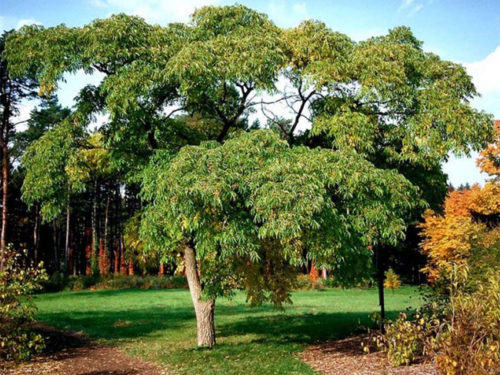
- The impressive dimensions of Velvet Amur allow you to make it a reference point in the design of any landscape. A lawn grass landed under the openwork crown will make a plot well-groomed and neat.
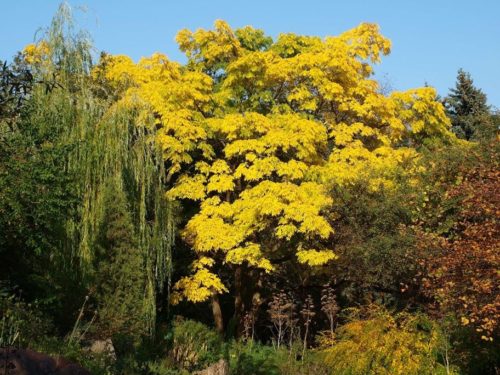
Thus, Velvet Amur is a majestic large-sized plant, which can be grown independently. Highly decorative and therapeutic culture is unpretentious in care and coming up almost in any climatic zone. The guarantee of successful growing "Great - Long-Liver" will be a competently selected place and properly completed landing of a seedling. The reproduction of the cork tree seeds is also allowed, but in this case the development of the tree will be longer.
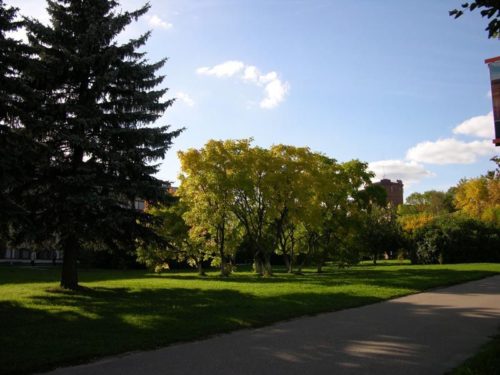

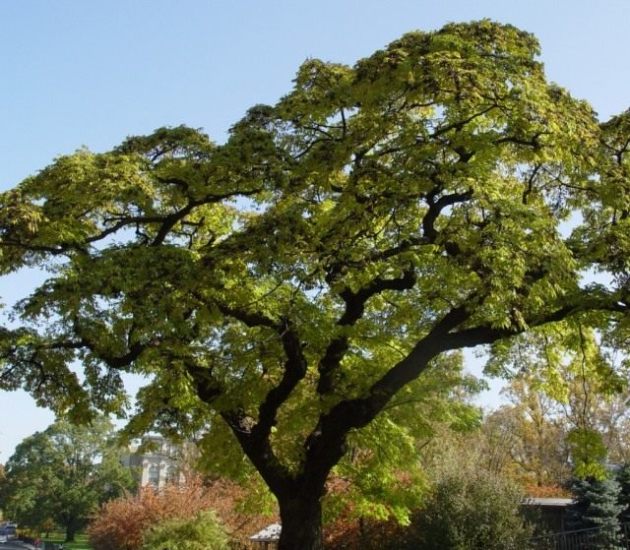
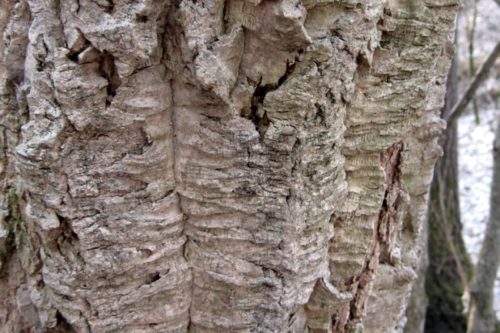
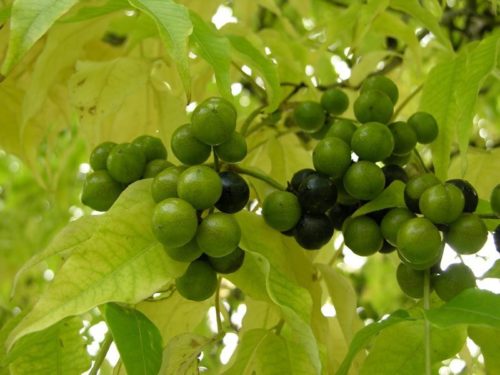
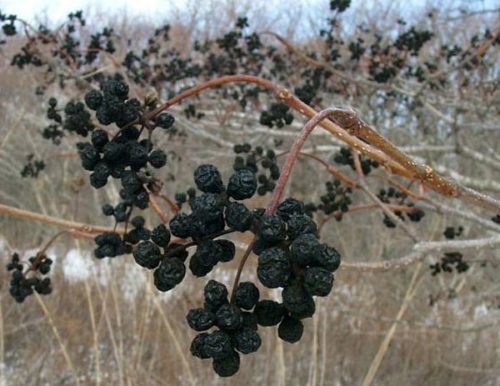
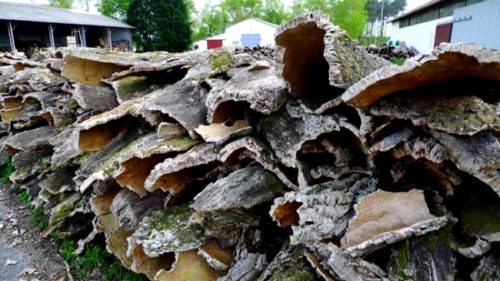
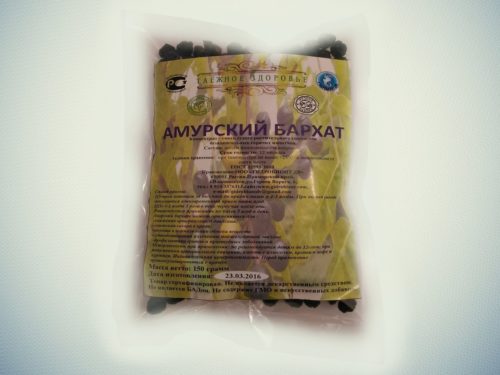
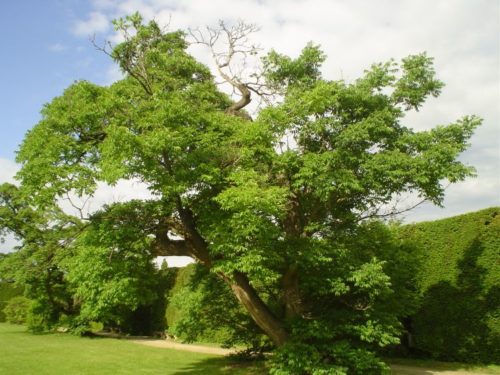
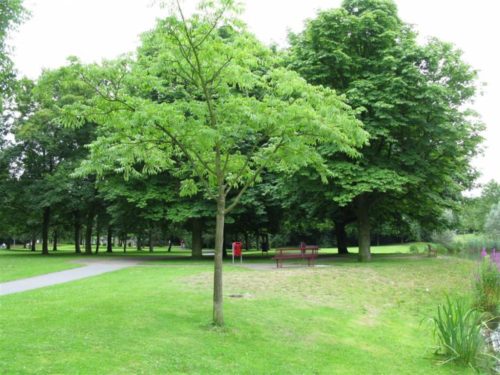
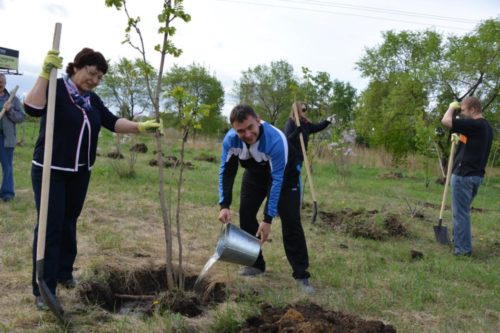
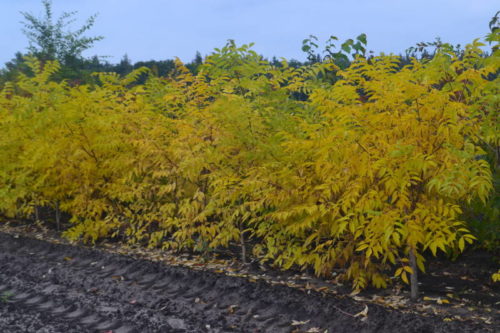

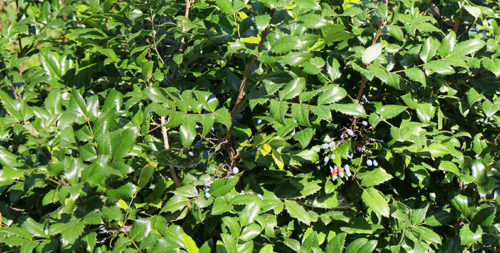
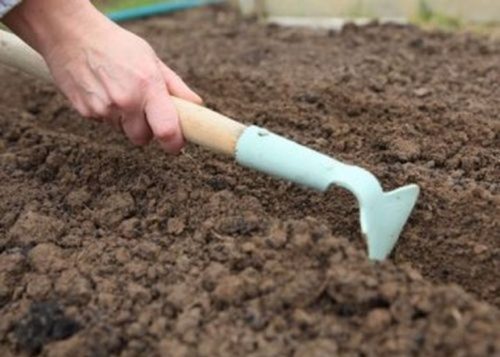
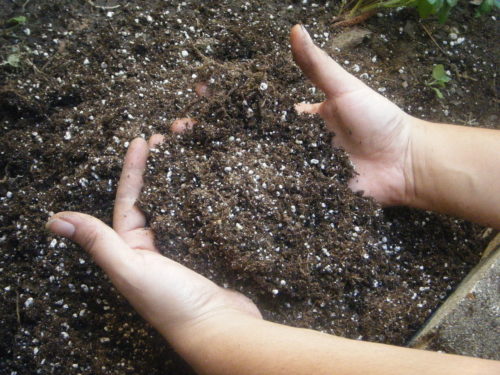
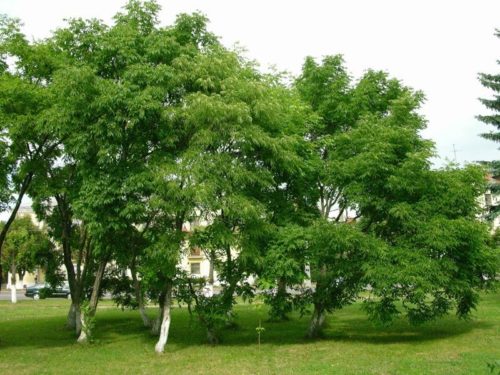
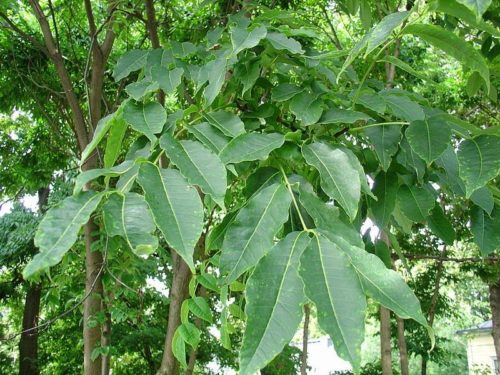
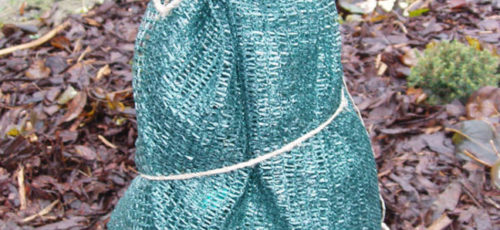
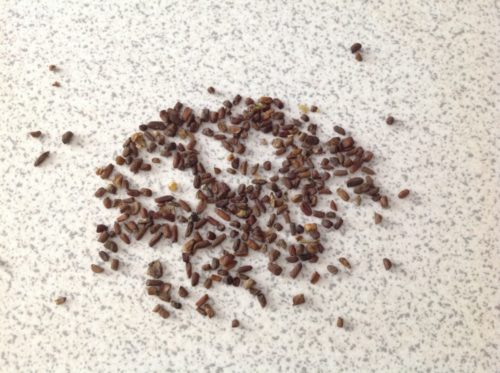
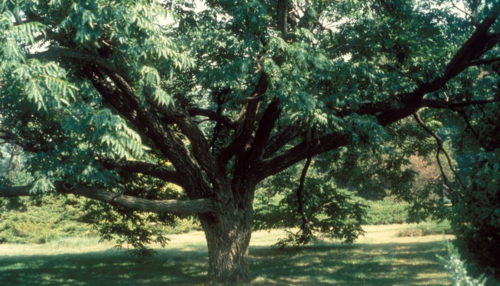
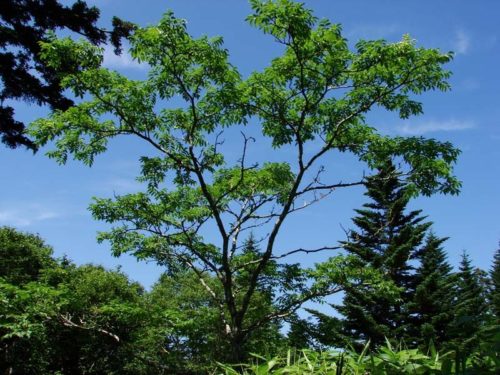
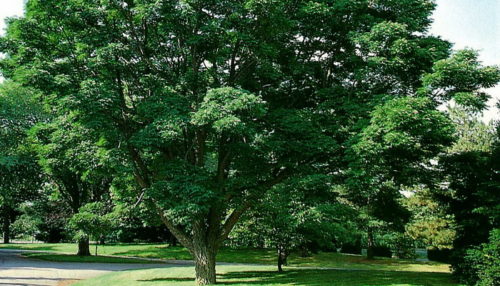
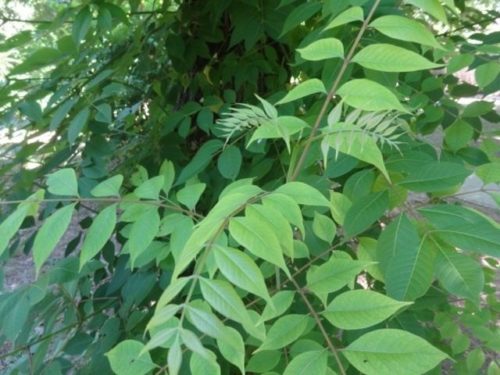
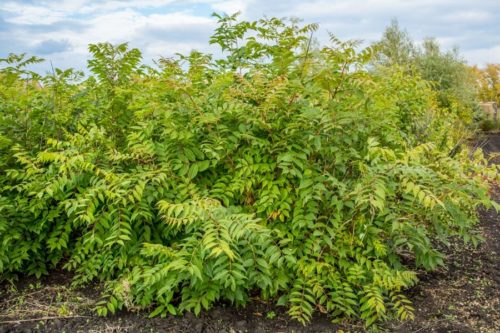












 Start a discussion ...
Start a discussion ...